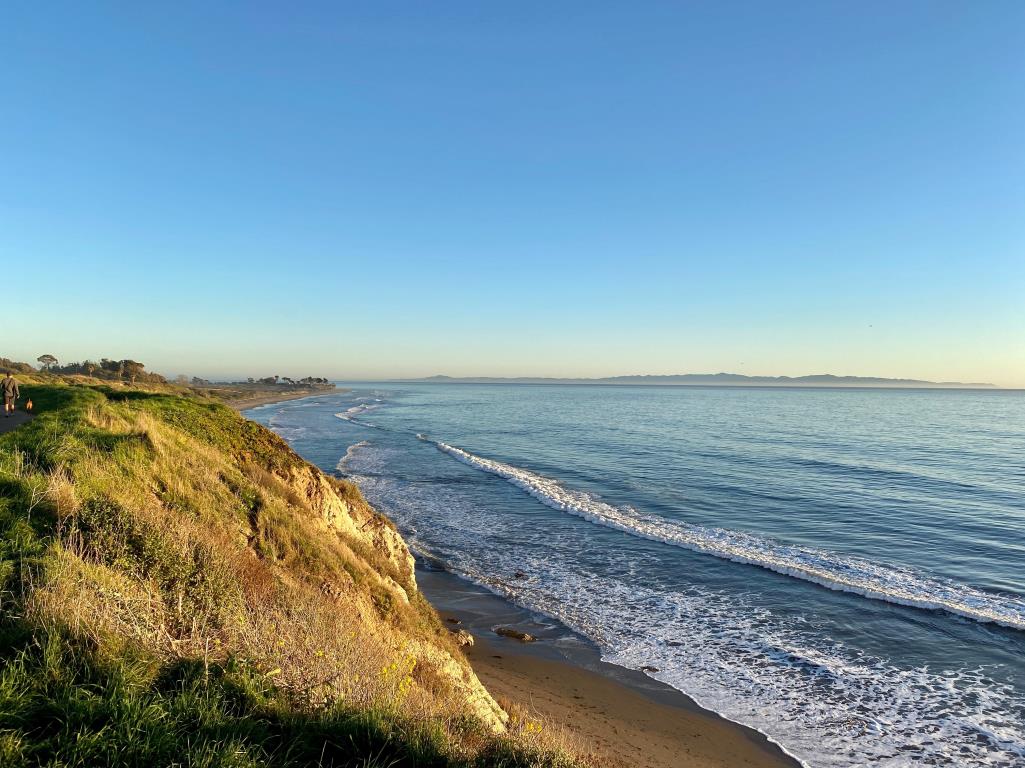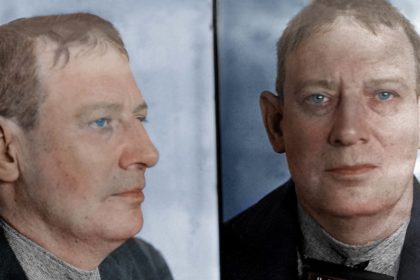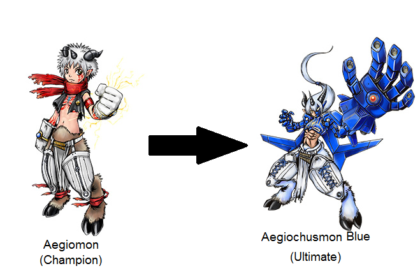Goleta is a city in southern Santa Barbara County, California, United States. Take a look below for 20 fun and amazing facts about Goleta, California, United States.
1. It was incorporated as a city in 2002, after a long period as the largest unincorporated populated area in the county.
2. As of the 2000 census, the census-designated place had a total population of 55,204; however, a significant portion of the census territory of 2000 did not incorporate into the new city.
3. The population of Goleta was 32,690 at the 2020 census.
4. It is known for being near the University of California, Santa Barbara, campus.
5. The area of present-day Goleta was populated for thousands of years by the native Chumash people. Locally they became known by the Spanish as Canaliños because they lived along the coast adjacent to the Channel Islands.
6. One of the largest villages, S’axpilil, was north of the Goleta Slough, not far from the present-day Santa Barbara Airport.
7. The first European visitor to the Goleta area was the Spanish mariner Juan Rodríguez Cabrillo, who spent time around the Channel Islands in 1542, and died there in 1543.
8. During the 1980s, discovery of some 16th-century cannon on the beach led to the advancement of a theory that Sir Francis Drake sailed into the Goleta Slough in 1579. Goleta is one of many alternative locations (and the one farthest south) proposed for Drake’s “New Albion”, generally believed to be today’s Drake’s Bay, north of San Francisco.
9. In 1602, another sailing expedition, led by Sebastian Vizcaino, visited the California Coast. Vizcaino named the channel Santa Barbara.
10. Spanish ships associated with the Manila Galleon trade probably stopped in the area intermittently during the next 167 years, but no permanent settlements were established.
11. The first land expedition to California, led by Gaspar de Portolà, spent several days in the area in 1769, on its way to Monterey Bay, and spent the night of August 20 near a creek (possibly San Pedro Creek) to the north of the Goleta estuary. At that time, the estuary was a very large open-water lagoon that covered most of what is now the city of Goleta, and extended as far north as Lake Los Carneros (adjacent to Stow House).
12. There were at least five native towns in the area, the largest on an island in the middle of the lagoon. For that reason, expedition engineer Miguel Costanso called the group of towns Pueblos de la Isla.
13. Some of the soldiers called the island town Mescaltitlan, after a similar Aztec island town in Mexico. Franciscan missionary Juan Crespi, who accompanied the expedition, gave the towns the name Santa Margarita de Cortona.
14. The island retained the name Mescalitan Island (dropping the extra Aztec “t”) until it was bulldozed flat in 1941 to provide fill for the military airfield that is now Santa Barbara airport (SBA). The Wastewater Treatment Plant of the Goleta Sanitary District is located on what used to be the island.
15. Portola returned to San Diego by the same route in January 1770, and mounted a second expedition to Monterey that year. A second Spanish expedition came to the Santa Barbara area of Alta California in 1774, led by Juan Bautista de Anza. De Anza returned the next year, and the road along the coast of Santa Barbara County (today’s Highway 1) soon became the El Camino Real, connecting the string of Spanish missions.
16. An expedition in 1782, led by military governor Felipe de Neve, founded the Presidio of Santa Barbara and, soon thereafter, the Santa Barbara Mission. The Goleta area, along with most of the coastal areas of today’s Santa Barbara County, was placed in the jurisdiction of the presidio and mission.
17. Sometime after the De Anza expeditions, a sailing ship (“goleta”) was wrecked at the mouth of the lagoon, and remained visible for many years, giving the area its current name. After Mexico became independent of Spain in 1821, most of the former mission ranch lands were divided up into large grants. The Goleta area became part of two adjacent ranchos.
18. To the east of today’s Fairview Avenue was Rancho La Goleta, named for the shipwreck and granted to Daniel A. Hill, the first American resident of Santa Barbara. An 1840s diseño (claim map) of the rancho shows the wrecked ship.
19. The parts of Goleta to the west of Fairview Avenue were in Rancho Dos Pueblos, granted in 1842 to Irish immigrant Nicholas Den, son-in-law of Daniel Hill. Rancho Dos Pueblos included the lagoon, airport, UCSB and Isla Vista, extending to the west as far as the eastern boundary of today’s El Capitan State Beach.
20. The Goleta Valley was a prominent lemon-growing region during the late 19th and early 20th centuries, and was largely agricultural. Several areas, especially the Ellwood Mesa, were developed for oil and natural gas extraction.




